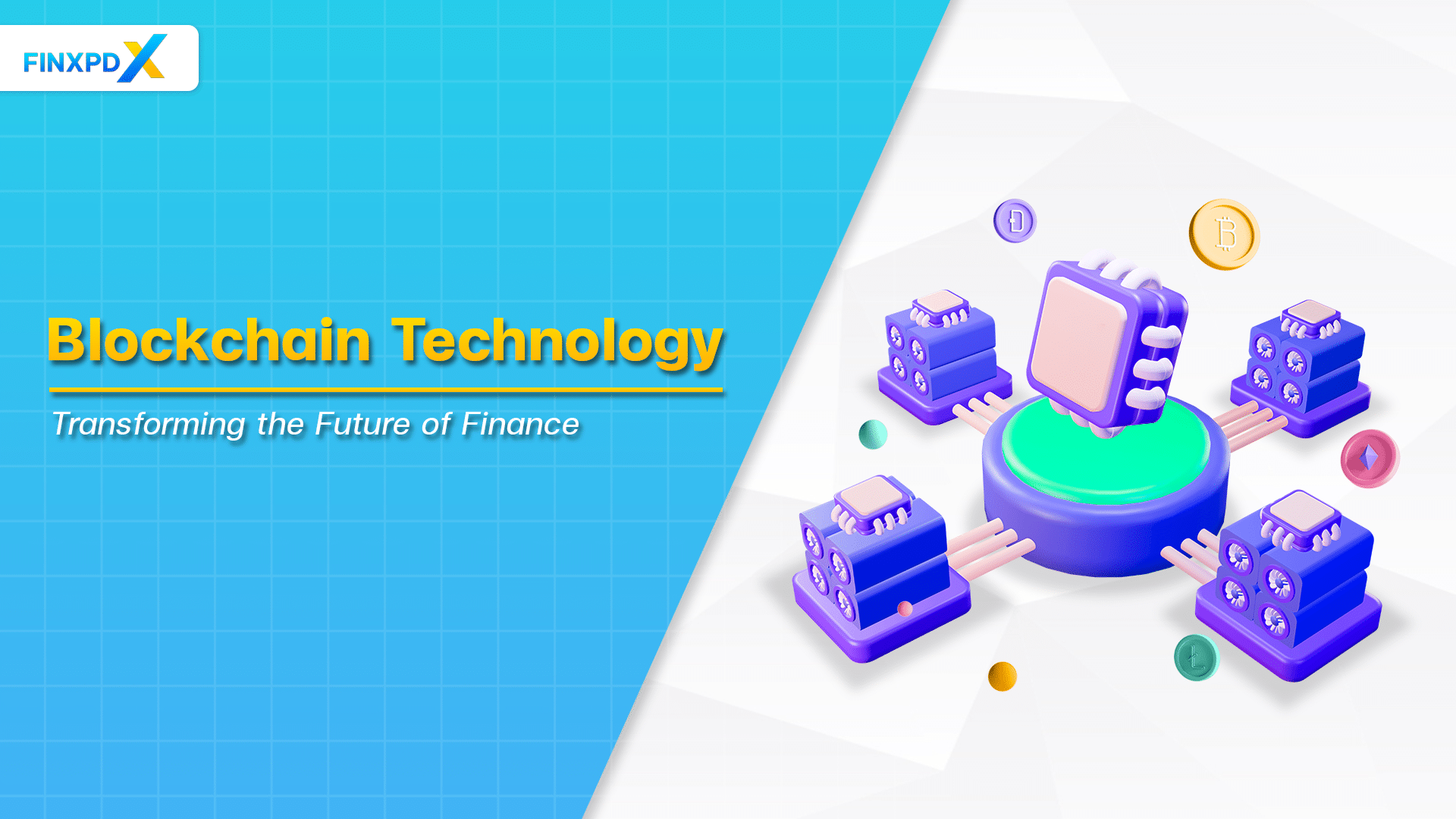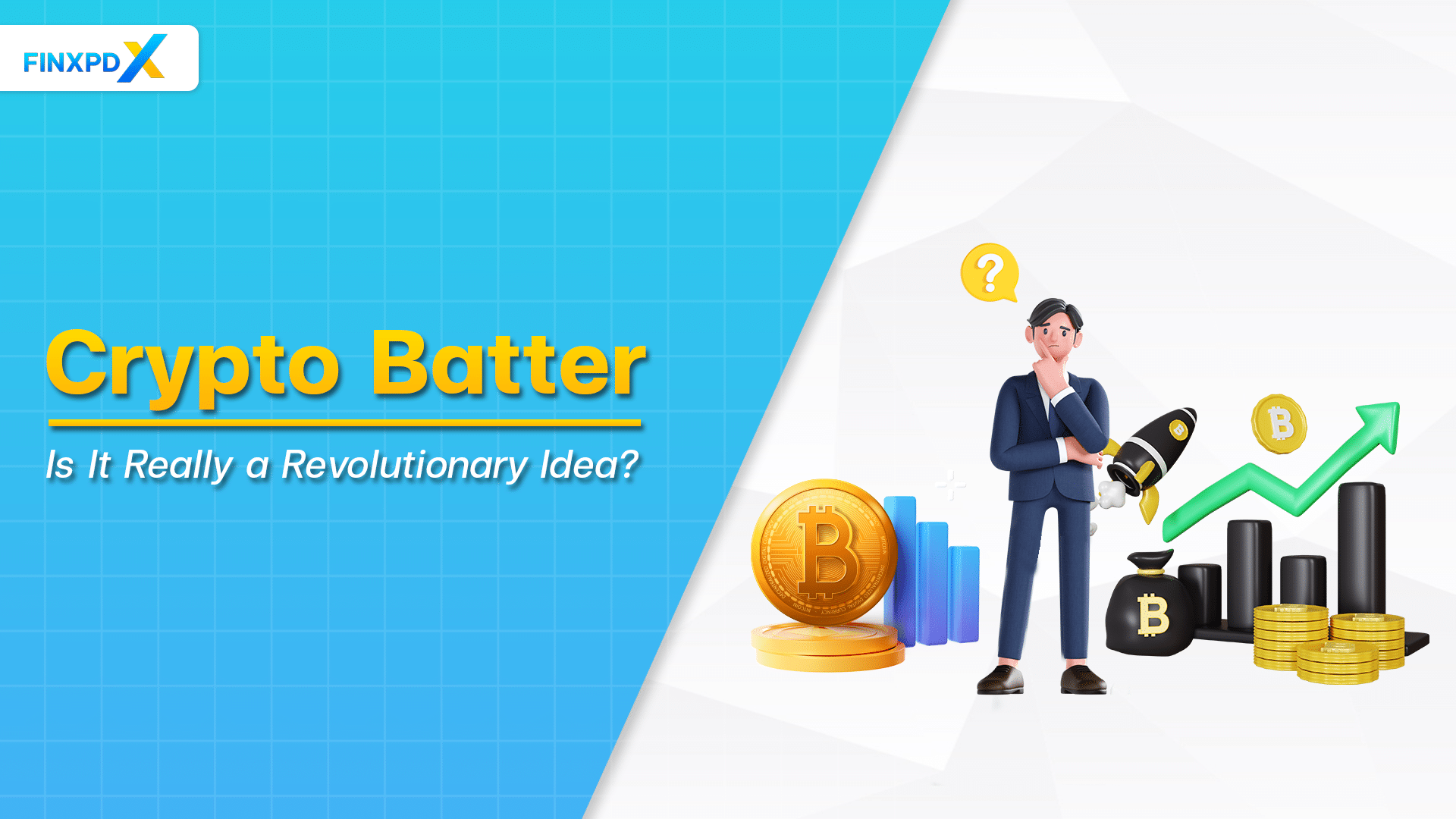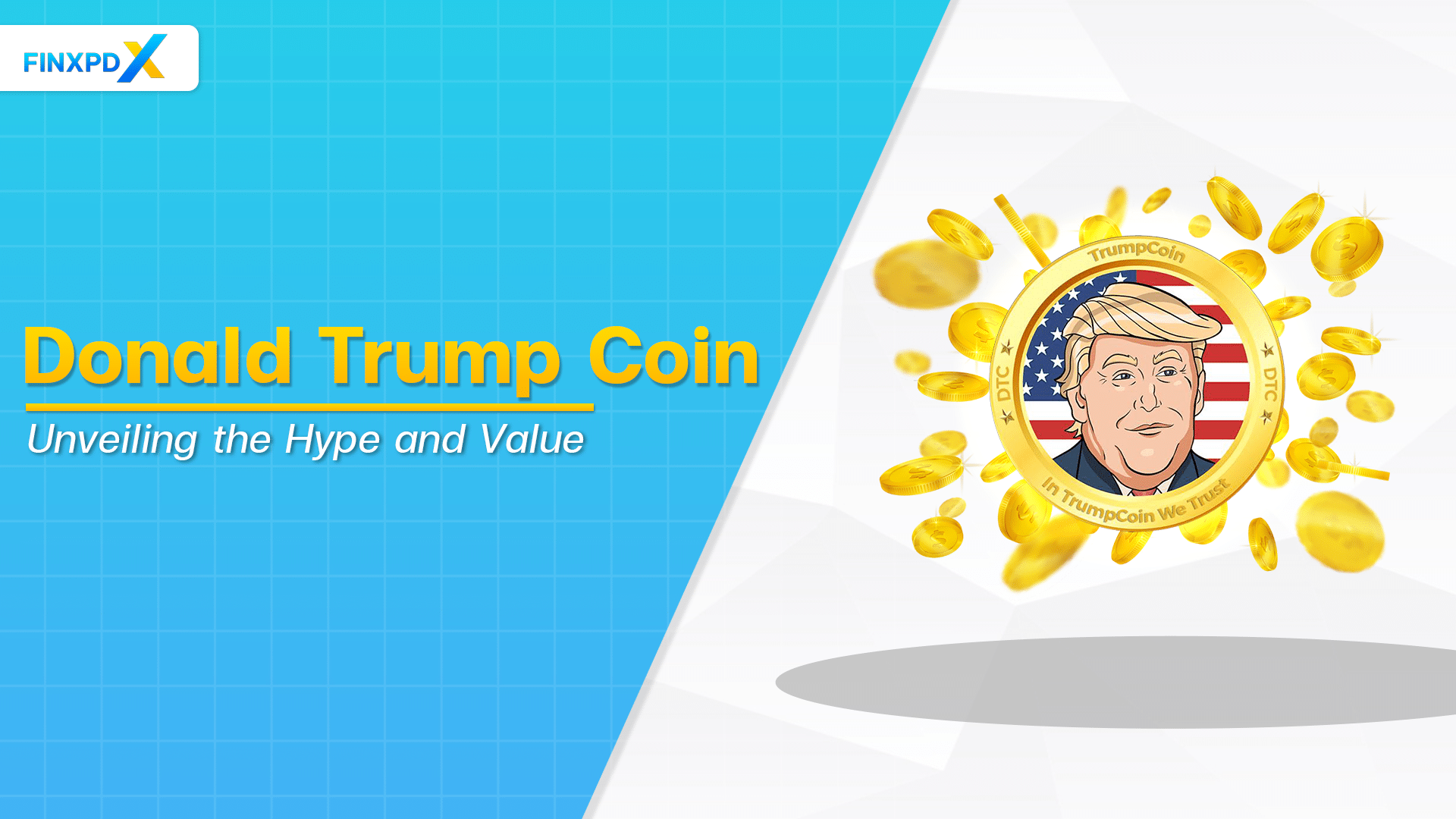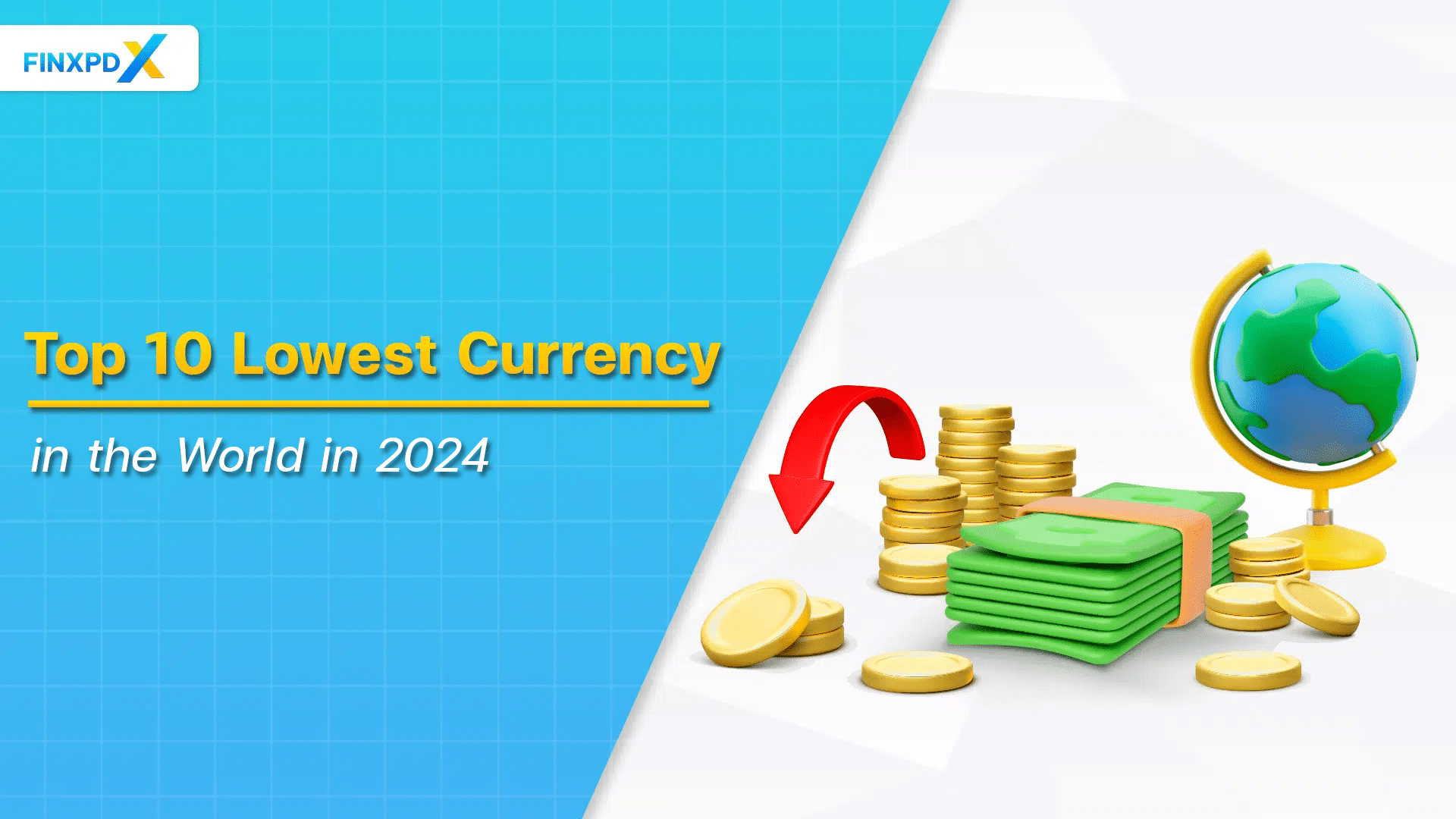Blockchain is growing fast, and it’s not just for Bitcoin anymore. A lot of people still do not really understand its meaning or how it works. In this article, we’ll provide you with blockchain definition and utilization, which can help improve your business further.
What Is Blockchain Technology?
Blockchain technology is related to a digital record-keeping system that can store various data types. Unlike traditional databases that have a single control center, this technology is decentralized. The data in this technology isn’t stored in one spot but is spread across a network of computers known as nodes.
To make it easier to understand, consider Google Docs. When you make a document and share it with friends, everyone can see it and make changes at the same time. That’s a lot like how blockchain works. Just like you don’t have to wait for a friend to finish editing the doc, in this technology, all updates happen right away for everyone to see.
Key Takeaways
- Blockchain is a decentralized digital ledger technology that records transactions across multiple computers.
- Blockchain’s decentralized nature reduces the risk of fraud and unauthorized access.
- Each transaction on a blockchain is grouped into a block, which is then added to a chain of previous blocks.
- This technology finds applications in diverse sectors like finance, voting, and supply chain management.
- Smart contracts and self-executing contracts with the terms directly written into code, are significant applications of blockchain.
How Does Blockchain Work?
The blockchain is built on three key elements, which we’ll outline below.
Blocks
Every chain is made up of multiple blocks, each with three main parts. The first part is the data stored in the block. Next is a nonce, which is a random number generated when a new block is created. This nonce helps create a unique code known as a hash. Lastly, there’s the hash itself, a complex 256-bit number that’s linked to the nonce and starts with lots of zeros.
When a chain’s first block comes into existence, it’s the nonce that helps create this special hash. Until miners find the right combination of nonce and hash, the data in the block is considered secure and permanently tied to these two elements.
Miners
Miners use special computer programs to solve a complex math problem: finding the right nonce that fits with the correct hash. With billions of possible pairs, finding the right one isn’t easy. When they do, their new block is added to the chain.
To modify an older block, you can’t just focus on that single block. You’ll have to re-mine all the blocks that follow it, which makes this technology rather complex to handle.
Nodes
Decentralization is a big deal in the world of blockchain. In simple terms, no single computer or organization owns the chain; it’s spread across various devices known as nodes. These nodes hold copies of the blockchain and help keep everything running smoothly.
Each node has its own copy of the blockchain, and any changes to it need to be approved by the network as a whole. This ensures transparency in the system, allowing you to easily review the history of any transaction. Every user gets a unique ID, made of letters and numbers, to keep track of their activity.
Adding new blocks to the blockchain isn’t like updating a regular database or a spreadsheet. It’s more secure because all changes are watched over by the network, unlike in a spreadsheet, where changes can go unnoticed.
Utilization of Blockchain Technology
This technology offers diverse applications, including facilitating financial services and managing electoral systems.
Cryptocurrency
These days, blockchain is very popular among cryptocurrencies like Bitcoin and Ethereum. Every time someone buys, swaps, or spends these digital coins, it’s all recorded on a blockchain. The more people use this digital money, the more popular it will get.
Transferring Assets
Blockchain can track the ownership of digital money like NFTs and real assets like houses and cars. When a buyer and seller agree on a property sale, a smart contract automatically transfers ownership to the buyer once payment is confirmed on the blockchain, which everyone can see. It significantly accelerates and simplifies the process.
Voting
Specialists are exploring how blockchain could make elections more secure. With blockchain-based voting, your vote would be safe from hacking. Moreover, we would eliminate the inconvenience of using paper ballots.
Monitoring Supply Chain
When goods are transported across the globe, a significant amount of information, such as origin, destination, handling processes, and delivery times, accompanies them. Storing supply chain data on a blockchain will create a transparent, tamper-proof record that simplifies tracking goods globally, ensuring accuracy and reducing errors.
Banking
It’s not just digital money. Real currencies like Dollars and Euros are also being transferred through blockchain, providing a faster option for those who don’t want to wait in bank queues.
Advantages and Disadvantages of Blockchain
Advantages of Blockchain
More Accurate Payments
This technology checks each transaction with many computers. This makes mistakes less likely. If one computer messes up, the others will catch it.
No Need for Middleman
With blockchain, you can send money directly to someone else without needing a bank. This will save both time and money.
More Safety
It’s really hard to cheat the system in this technology because lots of computers keep an eye on each transaction. Extra security steps make cheating even more difficult.
Quicker Transactions
Since blockchain never closes, you can send money anytime. You don’t have to wait for a bank to check everything, making it much quicker.
Disadvantages of Blockchain
Losing the Special Key
If you lose the special key to your blockchain wallet, like for cryptocurrencies, you can’t get those digital assets back. So, you must keep this key safe.
Higher Electricity Bills
Every computer in the blockchain network uses a lot of power to check transactions. This not only makes it expensive but also harms the environment.
Slower Transaction
Blockchain can’t handle as many transactions per second as traditional systems like Visa. For example, while Visa can manage 1,700 transactions a second, Bitcoin can only do 4.6.
Conclusion
Blockchain technology is revolutionizing various industries by offering secure, transparent, and efficient processes. Its decentralized system enhances transaction accuracy and security, but challenges like high energy consumption and the risk of losing digital keys remain. Despite these issues, blockchain’s potential to simplify and improve systems across finance, supply chains, and even voting makes it a key technology for the future.
FAQs
Blockchain technology is a decentralized digital ledger that securely records transactions across a network of computers. It ensures transparency and immutability by linking blocks of data in a chronological chain, making it foundational for cryptocurrencies and other secure applications.
Blockchain technology was created by an anonymous person or group known as Satoshi Nakamoto in 2008. Nakamoto introduced blockchain as the underlying technology for Bitcoin, the first cryptocurrency.
Blockchain works by grouping transactions into blocks, which are then linked together in a chain. Each block contains a cryptographic hash of the previous block, ensuring that the data within it is secure and unchangeable.
A smart contract is a self-executing contract with the terms of the agreement directly written into code. It automatically enforces and executes the contract once the conditions are met, without needing intermediaries.
Blockchain offers several benefits, including enhanced security, transparency, immutability, reduced costs, and the elimination of intermediaries in transactions, making processes more efficient.
Related Articles:
- Top 10 Lowest Currency in the World in 2024
- Crypto Batter: A Revolutionary Idea for Traders
- Cryptocurrency: Concept and Best Crypto in 2024
- Donald Trump Coin: Unveiling the Hype and Value
Read more: Cryptocurrencies








